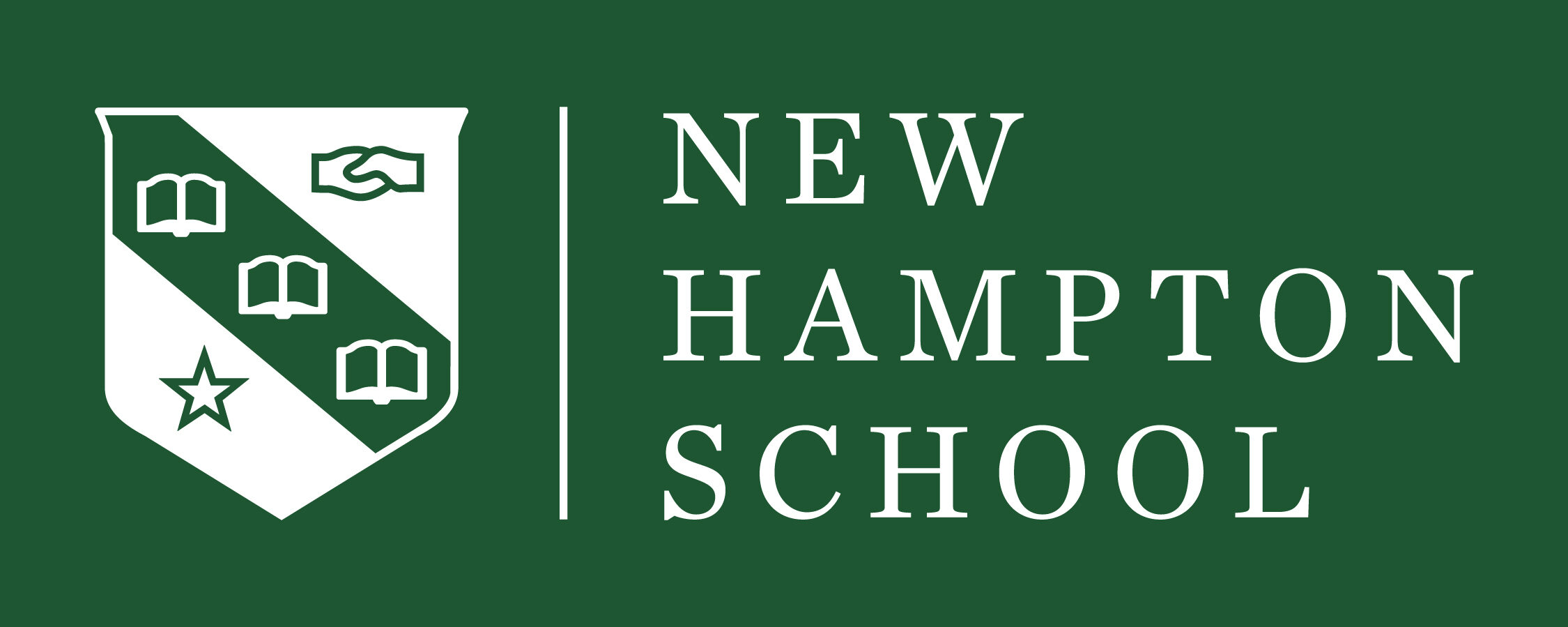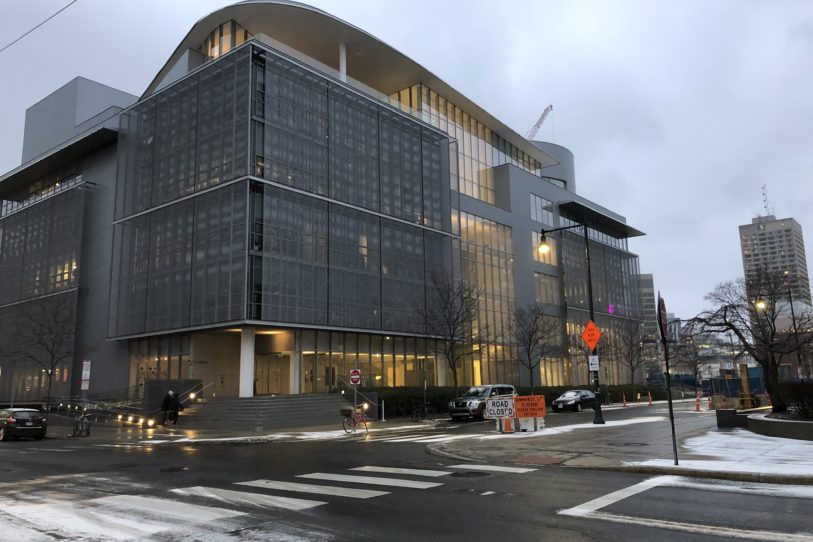Students and professionals of all ages from around the globe apply to attend the Reality Virtually Hackathon at MIT Media Lab. A year ago, Christopher Fridlington ’19 was one of the youngest attendees at an augmented reality conference hosted by the Media Lab. When Christopher applied to attend the Hackathon this year, he was invited to be a mentor rather than a participant. Up for the challenge, not only did he attend the event, Christopher was the only high school student to serve as a mentor for industry professionals and conference attendees.
Mentors at the event included a dynamic team of experts, developers, executives, and students. Christopher was thrilled to work alongside these leaders and educators. Over the past several summers, he has advanced his understanding of augmented reality through work at MIT, and ongoing independent projects as well as customized projects at New Hampton School.
Christopher has developed a creative approach to technology over time. New Hampton School is an Apple Distinguished School and, as such, he primarily works on iOS applications and web platforms to create augmented experiences for architectural models and interactive art installations.
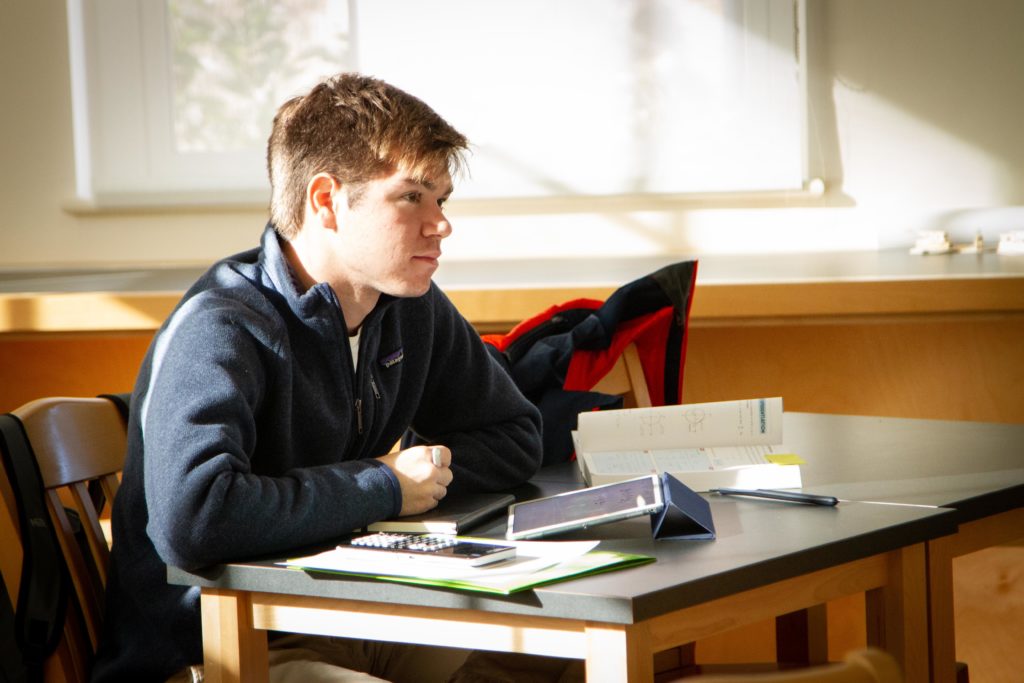
Christopher shared some of his thoughts on Augmented Reality and his participation in the Hackathon:
Can you provide a real-life example of how “Immersive Technology can be applied to solve real-world problems?”
I believe that immersive technology is going to be the future and solve many of the practicality problems that are facing technology today. This new technology marks a shift away from the more traditional screen interface, which liberates people to use technology in their world. This will allow technology to come more in line with our humanistic way of interacting with the world. There is a range of different use cases for this technology from assisting surgeons in performing an operation, to navigating a city, to experiencing art in new ways.
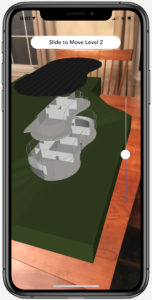
Is there an area of particular interest for you?
The user interaction patterns of augmented reality are particularly interesting to me because for the first time an interface is not being defined on a digital canvas but instead is immersed in our world. This combines with my interest in architecture since AR is opening up a whole new realm of spacial design.
What coursework at New Hampton School supported your development of these skills?
One of the greatest parts about New Hampton is that the faculty is always supportive of new ambitions. I’ve found ways of integrating my interests across the curriculum. The work I’ve been able to do in IB Visual Arts has been especially rewarding thanks to the support of Ms. Wilson and Dr. Pereira.
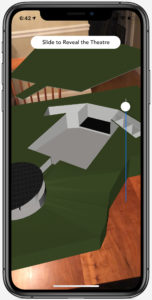
What was it like to attend the Hackathon as a mentor?
After attending ARiA last year, it was a great opportunity to be asked to join the Hackathon as a mentor this year. Although the two events are not connected, there is a lot of cross over between the organizing teams and mentors. What I enjoyed most about the experience was seeing the vast variety of work created by the different teams. Everything from animated art installations to games to advance visual assistance used by surgeons.
The Hackathon included more than 400 attendees, there were 75 different projects available to participate in and forty mentors. Each year participants are selected to participate from over 1,600 applicants. Participants create cross-reality work. Through the Hackathon, participants deepen their understanding of how immersive technology can be applied to solve real-world problems. For example, augmented realities can assist surgeons in performing surgery, to navigate a city, or to experience art in new ways.
